Top Tips for Growing a Home Garden
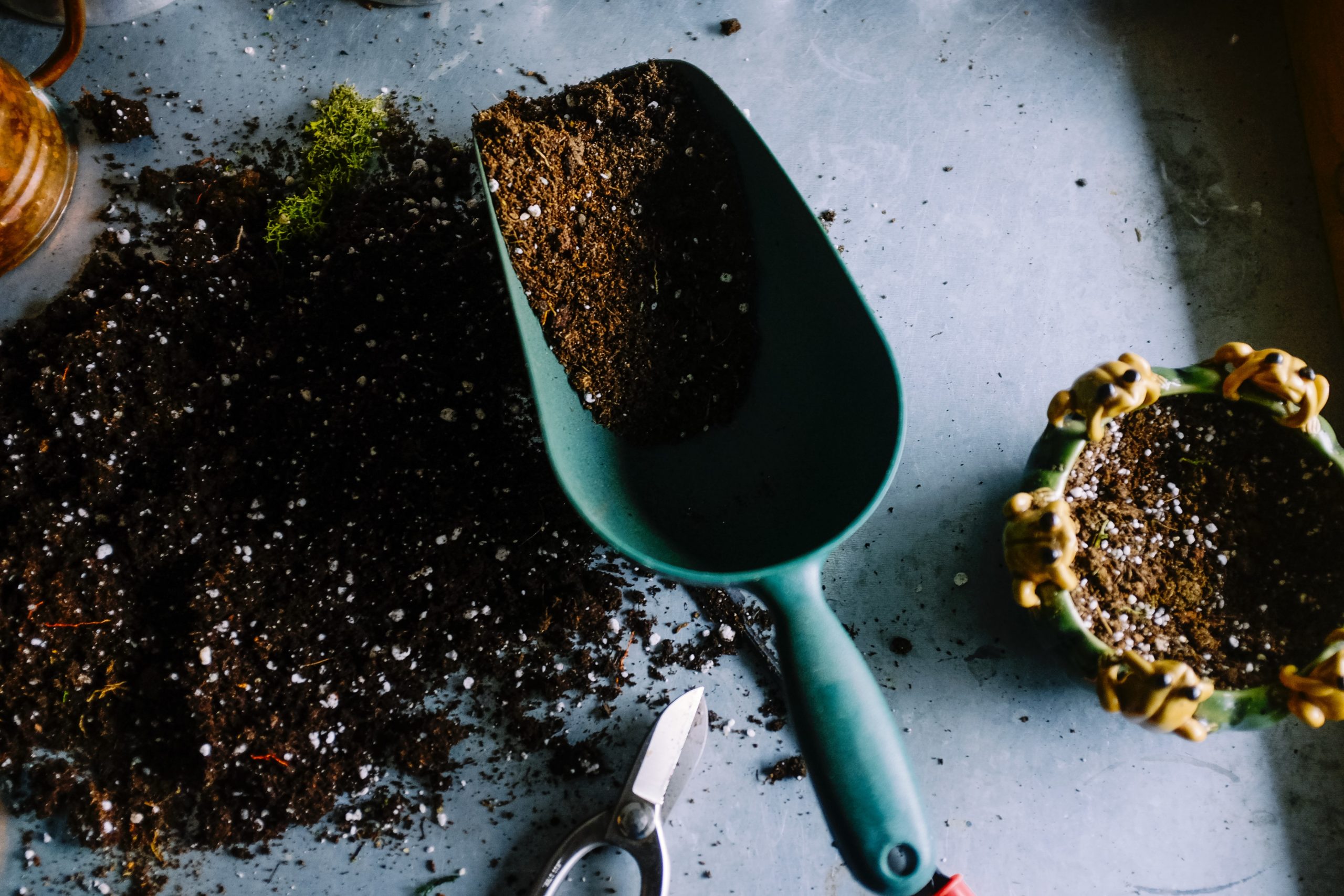
Growing a garden at home is a great way to save money, help the environment, and enjoy a fun, relaxing activity. It can be hard to know where to start, though. Personally, I want to start a huge garden eventually, but my green thumb is a work in progress.
From one aspiring gardener to another, here are some tips I’ve found that can help you get growing!
Getting Started
Location, location, location.
Plants can be really picky about moisture, soil type, and how much sunlight they get. For vegetables, you want a spot with more sun, moist soil without a lot of rocks, and that doesn’t get a lot of wind. If you don’t have the right soil, consider using raised beds or planters.
Pick the right fruits, vegetables, and herbs.
Don’t plant things you won’t eat, and don’t plant more than you can eat unless you want to freeze some things or give some away. It’s important to be realistic, so start small and build up.
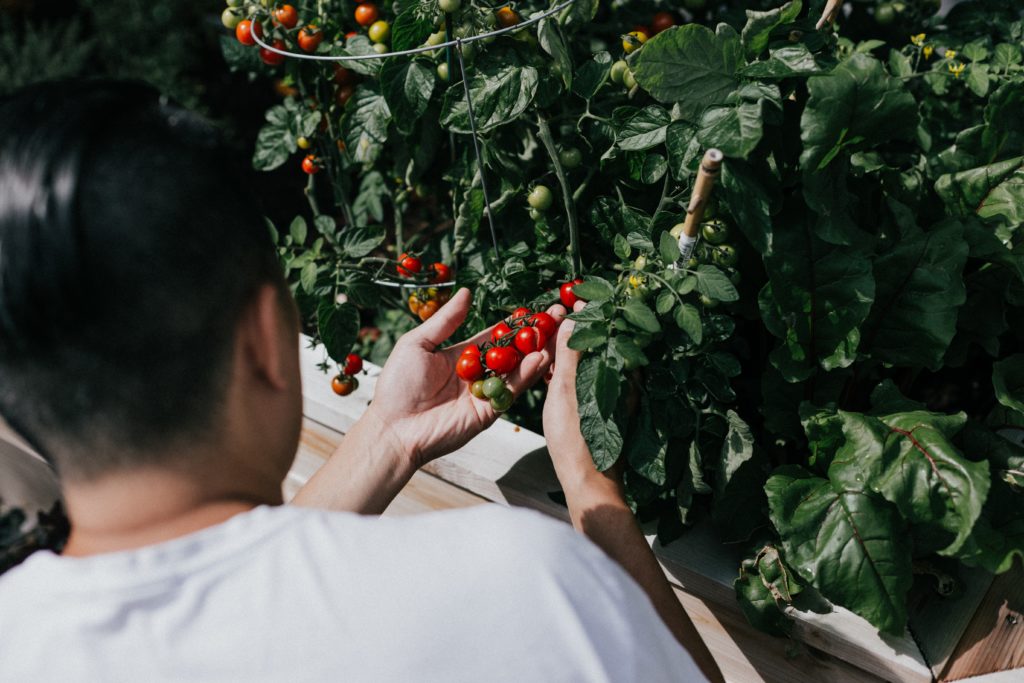
Use a growing guide.
The Old Farmer’s Almanac has a great guide to most fruits and vegetables. This is important to use because some vegetables grow in the summer, some grow in the early fall, some grow in late spring. They also share what to plant to help keep pests away while attracting beneficial bugs, like honeybees. Farmer’s Almanac can also help you keep track of the first frost, when to plant, what pests to look out for, and how to harvest.
Use a Tower Garden to save space.
Instead of being long and wide, Tower Gardens only take up about three feet of floor space depending on which brand you get. It’ll help you grow more, faster, while conserving water. Remember to pay close attention to what they suggest growing though, as some plants may not do well. If you’re living in an apartment or don’t have a lot of yard space, Tower Gardens are a great option for your gardening needs!
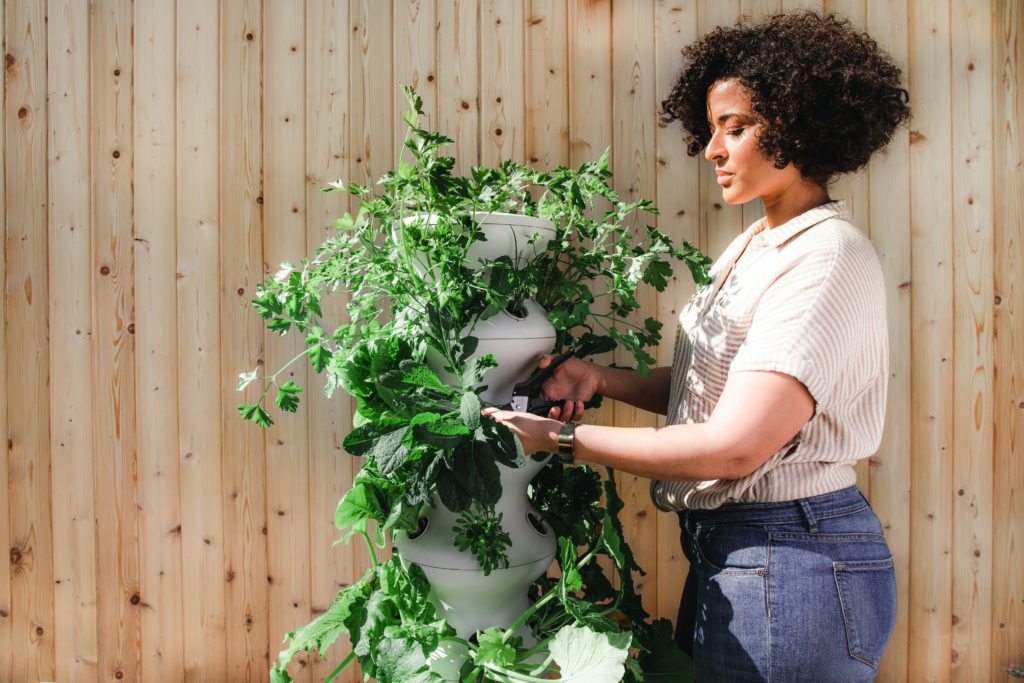
If you’re nervous, invest in a soil pH and moisture reader.
Different plants have different preferences but generally, you want more neutral soil. Soil that is too acidic doesn’t promote good bacterial growth and can lead to the accumulation of things toxic to the plants. Soil too basic can block the uptake of nutrients. Additionally, soil that is too moist can cause root rot. Here’s a good list of readers to get you started.
What to Plant
When you’re gardening, you’re really only limited by space and the climate in your region. Here are some things that are good to plant together.
Herbs
Herbs are a great thing to grow, either in a garden or on their own in pots. They can bring the beneficial bugs in, and help keep the pests out for a healthier gardening situation. Cilantro, tarragon, basil, chives, and parsley should be planted together; they all like lots of sun and more moist soil. Sage, thyme, oregano, rosemary, marjoram, and lavender should also be planted together, as they all prefer a drier soil. Mint can be planted with most things, but it can become invasive if you’re not careful.
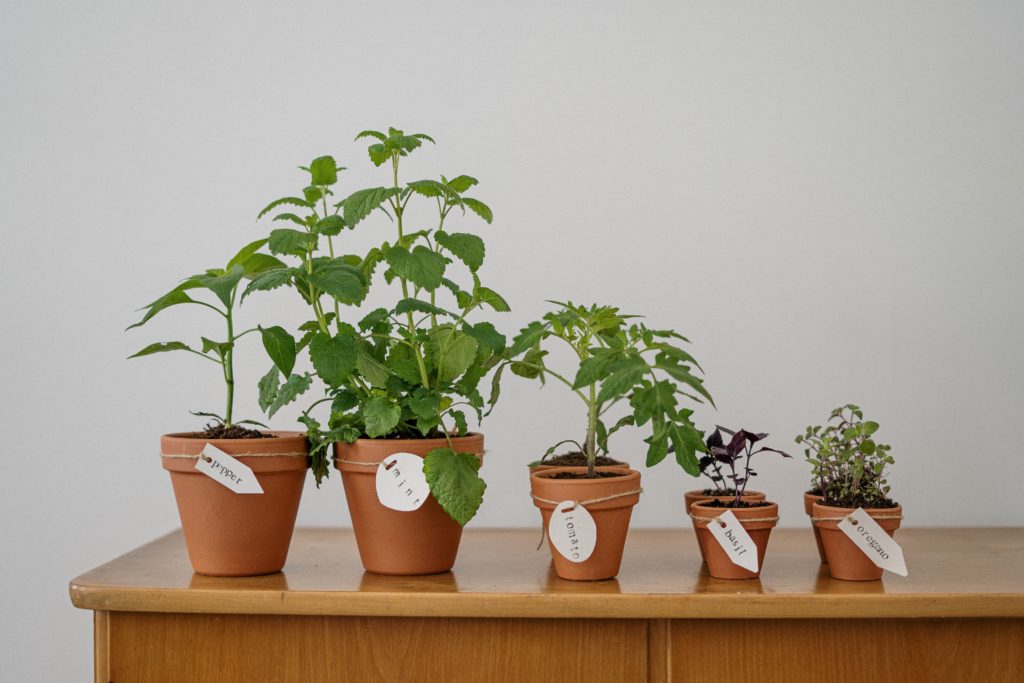
Vegetables
A lot of vegetables can be planted together and even with some herbs, all depending on soil type, sunlight, and season. Cucumbers, for example, can be planted near beans, cabbage, corn, lettuce, and even sunflowers, but should be kept away from potatoes and melons. Corn can be planted with potatoes, squash, peas, melons, but shouldn’t be anywhere near tomatoes. Peppers can be grown with basil, onions, tomatoes, and spinach. Here’s a comprehensive table from the Farmer’s Almanac. When you’re planting them, be sure that no taller/larger plants will block sunlight from smaller/lower plants.
Fruits
Fruits like to grow with a lot of things, not just other fruits, but they can take up more space, and require more upkeep, such as apple or peach trees. Blackberries do well with strawberries and pine and oak trees. Grapes you can grow with oregano, peas, and even mustard plants. Melon grows well with chamomile, and apricots grow well with daffodils.
Flowers
When planting different flowers together, consider their soil and nutrient requirements and, of course, if they look good together. Daylilies grow well and look good with lavender and black-eyed susans. Tulips like daffodils. Sweet Alyssum helps keep weeds at bay while attracting bees. Dahlias also attract bees but keep away from some crops as they also attract some pests.
Here’s a resource that has companion planting tables for herbs, fruits, vegetables, and flowers.
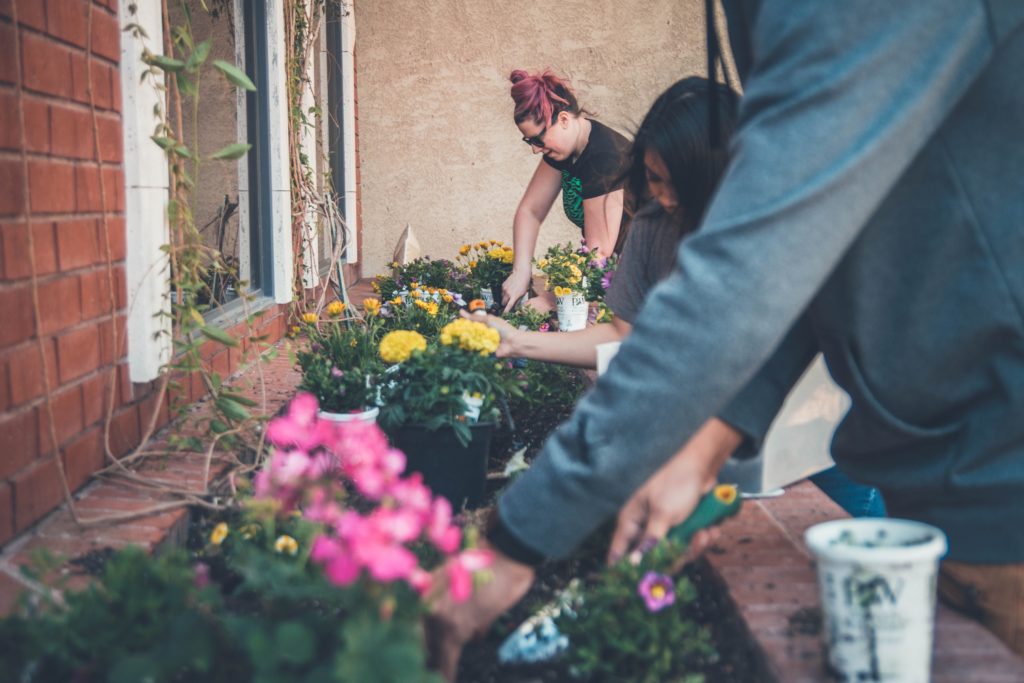
Air Purifying Plants
I don’t know about you guys, but being home all the time has really turned me into a plant mom. I worked at a produce farm over the summer though, so I wasn’t too keen to garden in my free time. I have a growing collection of succulents and air plants though, which can help purify the air in your house. As some of us approach winter, air purifying plants are a must as temperatures drop and windows close. As a bonus, they’re generally simple to take care of, though more rare or exotic types might require some more research.
Here are some of the best air purifying plants, according to NASA’s Clean Air Study.
Ivy
Ivy is a great air-purifying plant, easy to take care of, and easy to cultivate into a larger plant as it’s invasive in nature. Some are better for certain conditions; English Ivy is good for homes with smokers, for example.
Ferns
Ferns are humidifiers, so really good for the dry winter months. It has larger leaves, too, so it can also act as a statement piece.
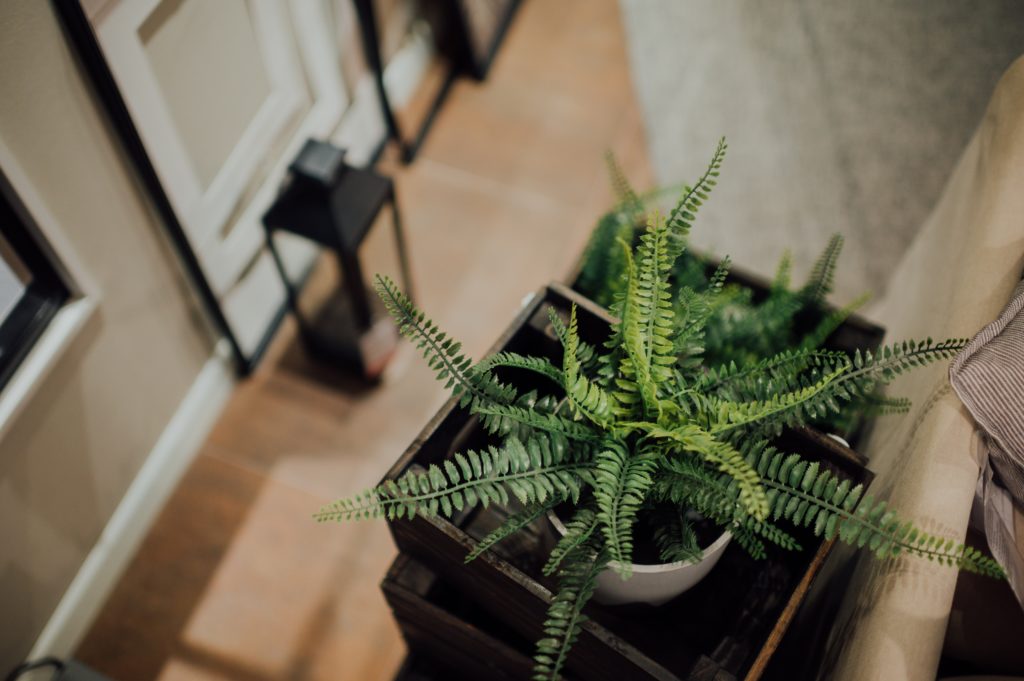
Peace Lily
Peace lilies are gorgeous plants, and they grow really well in low light. It also removes a lot of stuff from the air, like acetone (which is in nail polish remover) and some alcohols. Just be careful, as it can be toxic to kids and pets.
Spider Plant
Spider plants have been a staple in my house since I was little, and I understand why. They don’t like direct sunlight, only need to be watered about once every two weeks, and grows fast. We were constantly giving people cuttings. As a plus, it removed carbon monoxide from the air really well.
Snake Plant
This is currently my favorite plant, and I’m looking everywhere to find one because I love the look. The snake plant, unlike a lot of plants, actually releases oxygen and takes in carbon dioxide at night. It also helps remove formaldehyde from the air, too.
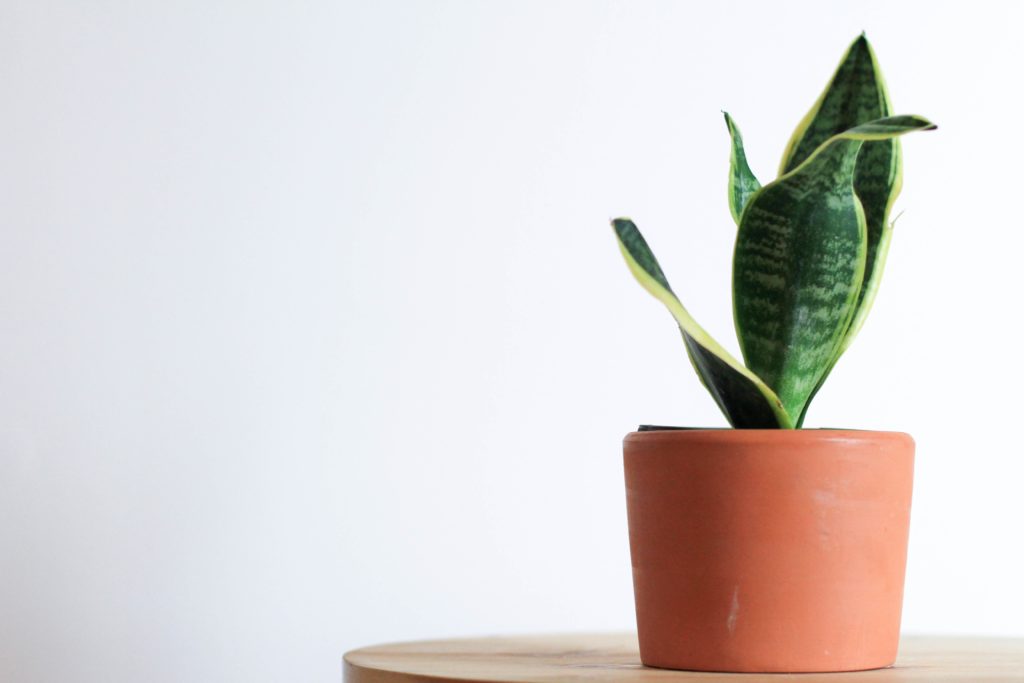
Generally, remember to keep your plants’ soil moist and make sure they get some sun. Some plants can be dramatic and wilt fast if the soil isn’t moist enough, but give them a drink and they should do alright. Also, replant them into bigger pots as necessary; I’ve had plants die several times because the roots took over and there was almost no soil left. Also, be careful to keep them out of reach of pets as a general rule, as some species can be toxic. You can also do research into bigger plants you’re interested in to make sure they’re safe.
Finally, get growing! It can be overwhelming at first, but do your research, keep an eye out, and you’ll have a growing garden in no time.


Leave a Reply